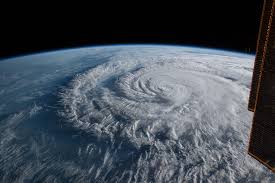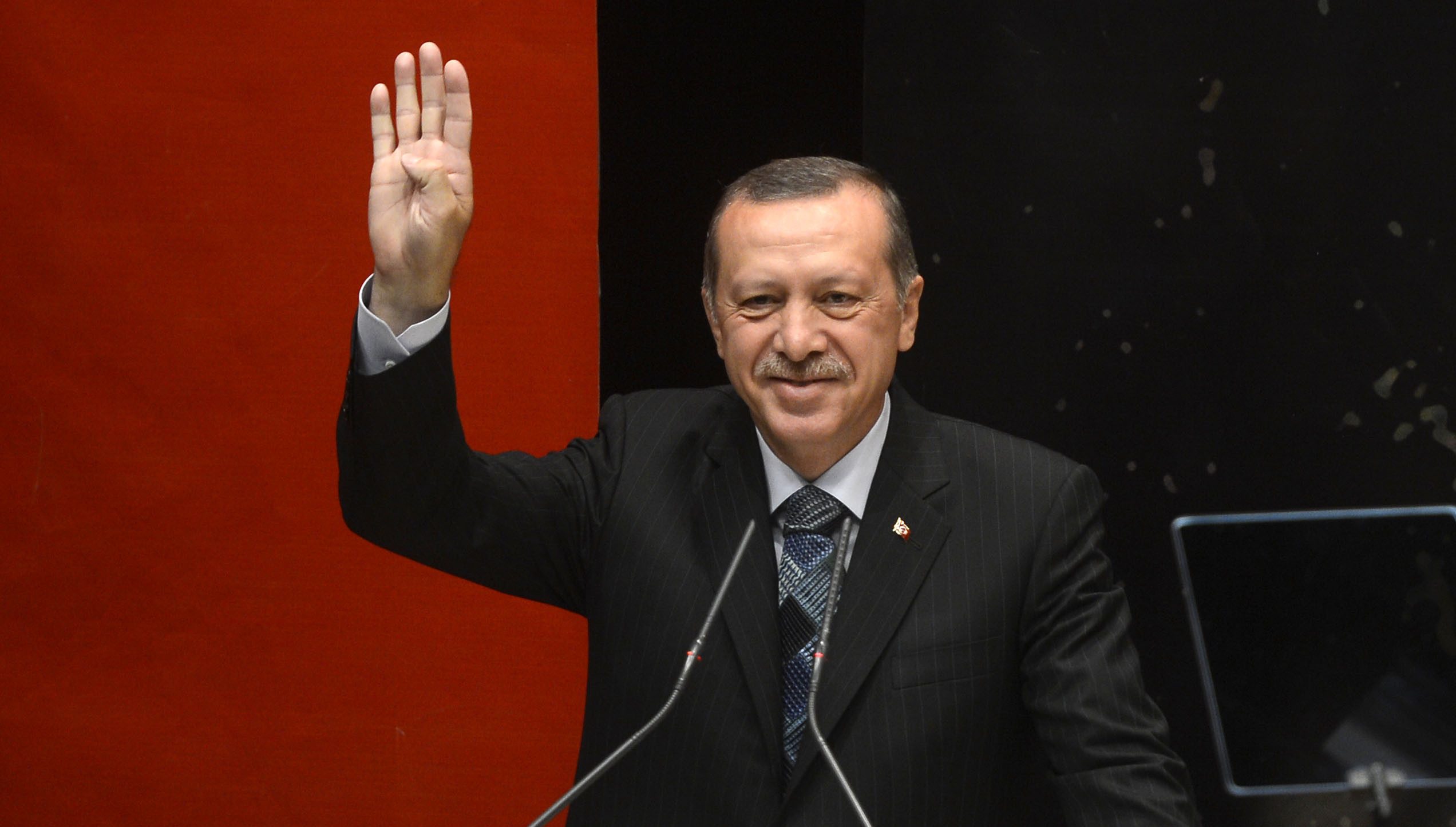U.N. Security Resolution 242, The Rogers Plan, Camp David Agreement, The Reagan Plan, Madrid Summit, Oslo Accords, Camp David Summit, Bush Declaration, Annapolis Summit, Washington Peace Talks… These are but a few of the major plans and initiatives undertaken in order to find a solution to the Israeli-Palestinian conflict since the 1967 Six-Day War. The Washington Peace Talks, the most recent negotiations, were suspended by Israel in 2014 and until January of 2020 no other major efforts had been made in the peace process.[1] On January 28, 2020, Donald Trump released his Middle East Peace Plan, Peace to Prosperity: A Vision to Improve the Lives of the Palestinian and Israeli People, which the world had been awaiting since the plan’s announcement the prior June. Developed with the approval of Israeli Prime Minister Benjamin Netanyahu, Trump’s Peace Plan came under immediate scrutiny due to Trump’s clear favoritism shown to Israel throughout his presidency. Many countries from the Middle East and Europe welcomed and commended U.S. efforts to reignite peace talks, but in the same breath recognized the lack of Palestinian demands embodied in the proposal and minimal adherence to internationally agreed upon parameters.[2] While Trump may have made a monumental and strategic move as the first American president to propose a concrete peace initiative, his proposal is ultimately hidden behind the disguise of a two-state solution and lacks any incentives for Palestinian compliance.
A Biased Framework
Peace to Prosperity’s introduction begins with a quote from former Israeli Prime Minister Yitzhak Rabin’s October 1995 speech before the Knesset in which he communicates his vision for a future Palestinian state in a plan he describes as “something that was less than a state.” The plan continues by stating that the absence of comprehensiveness, the failure to provide economic incentives, and the lack of attention to prevailing realities made previous mediation efforts “doomed,” a term which many have used to refer to Mr. Trump’s Plan.[3] The Trump plan emphasizes economic investment into the lives of the Palestinian people, but is 50 billion enough without meeting other demands? Most Palestinians would say no.
In an interview with Al Jazeera journalist Abderrahim Foukara, Jared Kushner, Trump’s son-in-law and special advisor, called the peace plan the “last chance for a Palestinian state.” [4] Kushner harped on the generosity of Prime Minister Benjamin Netanyahu’s agreement to a Palestinian State and the opportunity for Palestinian’s to have concrete borders. He highlighted all the concessions willing to be made by Israel: access to the Al Aqsa mosque for all Muslims, 50 billion in economic investments, a connected Palestinian state with tunnels and bridges, a state double its current size, control over parts of East Jerusalem and halting of expansion of Israeli settlements for four years. However, these Palestinian “wins” do not overshadow the plan’s allowance of annexation of all Israeli settlements currently in the West Bank, one of the most contentious issues in the modern Israeli-Palestinian conflict.[5] And when looking closer these “wins” for Palestinians are not as they seem.
The state of Palestine in Peace to Prosperity is even more depleted than what was proposed in the Oslo Accords and does not give Palestinians control over any of the Jordan Valley, the most prosperous and fertile region in Israel, because the plan deems it critical to Israel’s national security.[6] The land designated for Palestine is broken up and disconnected, looking more like a string of islands than a country, due to the illegal Israeli settlements that will be annexed and the fact that the Palestinian state would be surrounded by Israeli land on all sides, with the exception of the west coast of Gaza. And even the waters on the coast of Gaza would be subject to Israeli sovereignty.[7] The Trump Plan rewards illegal activities perpetuated by the Israeli government by annexing the settlements and does not call for compensation or right of return for Palestinian refugees forced from their homes in the 1967 War. The proposal also holds the disarmament of Hamas in Gaza as a precondition to the agreement.[8] Trump’s Middle East Peace Plan clearly prioritizes Israeli interests over those of the Palestinians and fails to address major Palestinian concerns, including discriminatory Israeli laws for different groups living in the territory.
Mixed Reactions
Almost immediately after the release of Peace to Prosperity, Palestinian President Mahmoud Abbas condemned the plan, calling it conspiracy, as even Trump himself predicted would occur. In an address to the West Bank, President Abbas stated, “I say to Trump and Netanyahu: Jerusalem is not for sale, all our rights are not for sale and are not for bargain.” [9] The Palestinians are being denied a state in Trump’s Plan; it was clear they would not accept. Surprisingly, the harshest criticisms did not come from the Gulf states, but European ones. Josep Borrell, the EU High Representative for Foreign Affairs, quickly dismissed the plan as it did not align with internationally established parameters. One of the clearest in opposition to the plan is Ireland, which has been a long-time supporter of the Palestinian cause. They agree with the EU statement and have concerns over annexation in the West Bank. Hungary’s president, Péter Szijjártó, is one of the few to commend the Trump administration for their proposal. Due to the rise in populist nationalism, terrorism concerns, and efforts to achieve improved relations with Trump, it is likely that right-leaning governments in southern and eastern Europe, along with Italy and Austria, will also praise Peace to Prosperity.[10] Other EU countries have been very vague in their reactions. Germany and France have welcomed the attempt to reopen peace talks but have also warned that in the future the U.S. should follow the international guidelines and legal frameworks.
The reaction of Germany and France is very similar to that of the Gulf States. Kuwaiti Parliament Speaker Marzouq Al-Ghanim is one of the only members of the GCC to blatantly dismiss the plan by stating the proposal “…should be thrown into the dustbin of history.”[11] Many younger leaders in the Gulf are less connected to the Palestinians than their elders and thus desire to coordinate with Israel on security and intelligence matters. These leaders praised Trump’s efforts; however, they know that to concede to the terms of the “deal of the century” would be to sell out the Palestinians, something they are not willing to do. King Salman of Saudi Arabia communicated the views of much of the Arab world when he stated, “ the Kingdom stands alongside the Palestinian people and supports its choices and what[ever] will actualize its hopes and aspirations.”[12] Although the Arab world is coming around to working with Israel and they seek positive relations with the Trump Administration, they know that they will be harshly judged by history if they choose to support a plan with almost no benefit to the Palestinians.
A “Borrowed” Plan
Along with the lack of neutrality in and support for Trump’s initiative, many have noticed it bears resemblance to another plan published in 1979 by the World Zionist Organization. The Master Plan for the Development of Settlements in Judea and Samaria was developed by Matityahu Drobles, a former Knesset member for the Herut-Liberal Bloc and head of the World Zionist Organization’s Settlement Division. Drobles’ division held responsibility for the planning and construction of Israeli settlements in the West Bank, and the Herut-Liberal party, of which he was a member, evolved into the current Likud Party of Prime Minister Netanyahu. Drobles admitted that the map in his plan was meant to prevent a Palestinians State rather than create one. While Trump and Kushner would like to call their plan a unique two-state solution, their map displays an uncanny resemblance to Drobles’ map and the vague verbiage throughout the plan reveals that there will never be total Palestinian sovereignty over any of the land, rather the Palestinian administration will gain jurisdiction over the non-Jewish residents of the territory. While Drobles clearly stated his plan’s true intentions, Peace to Prosperity does so a little more gently. But ultimately, the plan admits that “it necessarily entails the limitations of certain sovereign powers in the Palestinian areas.”[13] Trump and Kushner further revealed their intentions when stating, “the State of Israel will maintain overriding security responsibility for the State of Palestine.”[14] Although Trump would like to disguise his plan as the last opportunity for a Palestinian state, these statements suggest that Palestinian sovereignty was never on the table.
One key difference between the Drobles’ plan and the Trump plan is that the latter also annexes the Jordan Valley in addition to other parts of the West Bank to Israel. However, this disparity is not a new idea of the Trump administration either. This piece of the Trump plan looks to be borrowed from the July 1967 Allon Plan developed by former Israeli Labor Minister Yigal Allon. In regard to annexation of the Jordan Valley, Allon stated, “Since it [the West Bank] will be cut off by Jewish settlements, it will be hard for the minority population to create territorial contiguity and political unity.”[15] Annexing the Jordan Valley results in a Palestinian state within an Israeli state. Although Trump’s plan will connect the Palestinian archipelago within Israel through bridges and tunnels, the strategies of the two plans which the Trump plan has mirrored make clear that a Palestinian state will not succeed under the conditions. Trump would like to call his plan original; however, he has simply taken two Israeli-developed plans and combined them to make survival even more difficult for a Palestinian state. The only new thing the Trump Administration has done is develop the audacity to call small, leftover pieces of the territory that have not yet been taken over by Israeli settlements a sovereign, Palestinian State.
A Way Forward
While there have been a large variety in opinions of the Trump Plan emerging from Europe, the EU official position is that long-term peace is only viable through a two-state solution with a basis in the pre-Six Day War borders, aligning with past agreements and UN resolutions. And although many Gulf states have commended Trump’s efforts in the composition of Peace to Prosperity, members of the Gulf Cooperation Council (GCC) know the plan forces too many Palestinian losses and feel the Arab Peace Initiative is the only viable framework for continuing the conversation.[16] Ultimately, the Trump Plan forces Palestinians to make concessions on all major issues in the Israeli-Palestinian conflict: the Palestinian refugee crisis, Israeli settlements, the state of Jerusalem, and a sovereign Palestinian state. The PLO will never accept an agreement without Israeli concessions and direct Palestinian participation in its creation. Trump’s plan may have earned him and Netanyahu points with their supporters during election season, but the plan is not viable and never will be. With a plan of standards so insulting to the Palestinians, it is unlikely that peace talks will re-open as the PLO will never come to the table with such a framework as guidance for Israeli-Palestinian conversation.
[1] Jeffrey Heller, “Long line of Israeli-Palestinian peace bids precede Trump push,” Reuters, June 25, 2019.
[2] Neil Quillam and Reni Zhelyazkova, “How Donald Trump’s Peace Plan Looks to the Gulf and Europe,” Chatham House, February 19, 2020.
[3] Salam Fayyad, “Trump’s Middle East Peace Plan: What’s there to be Upset About?” Brookings, February 21, 2020.
[4] Abderrahim Foukara, “Trump’s plan last chance for a Palestinian state, says Kushner,” Al Jazeera, January 29, 2020.
[5] Ibid.
[6] Nathan Thrall, “Trump’s Middle East Peace Plan Eposes the Ugly Truth,” New York Times, January 29, 2020.
[7] Peter Beaumont, “Trump’s Middle East peace plan: key points at a glance,” The Guardian, January 28, 2020.
[8] Fayyad, “Trump’s Middle East Peace Plan”
[9] “Trump Releases Long-awaited Middle East Peace Plan,” BBC, January 28, 2020.
[10] Quillam and Zhelyazkova, “How Donald Trump’s Peace Plan Looks to the Gulf and Europe”
[11] Ibid.
[12] Quillam and Zhelyazkova, “How Donald Trump’s Peace Plan Looks to the Gulf and Europe”
[13] “Peace to Prosperity: A Vision to Improve the Lives of the Palestinian and Israeli People,” White House, January 2020.
[14] Yehuda Shaul, “Trump’s Middle East Peace Plan Isn’t New. It Plagiarized a 40-Year-Old Israeli Initiative,” Foreign Policy, February 11. 2020.
[15] Ibid.
[16] Quillam and Zhelyazkova, “How Donald Trump’s Peace Plan Looks to the Gulf and Europe”







